-
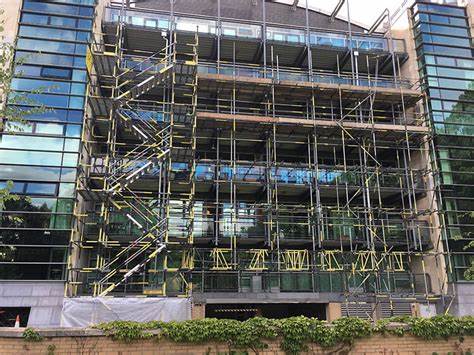
Advantages of buckle scaffolding compared to traditional scaffolding
Panbuckle scaffolding is divided into vertical poles, horizontal poles, and inclined poles. There are eight holes on the disc, four small holes are dedicated to horizontal poles, and four large holes are dedicated to inclined poles. The connection methods of horizontal bars and diagonal bars are ...Read more -
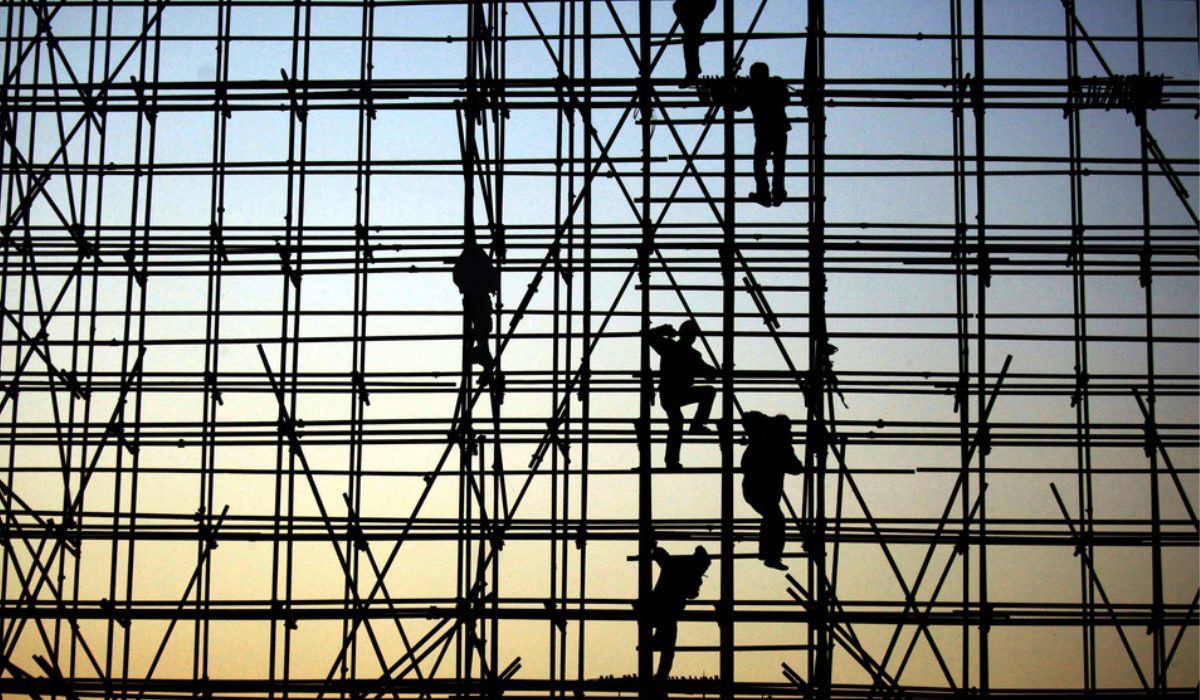
What are the advantages of the new cantilever scaffolding
1. Compared with traditional cantilever scaffolding, the new cantilever scaffolding does not need to be installed through walls, and will not damage concrete walls, beams, slabs, and other structures; at the same time, it can effectively prevent water seepage and leakage in external walls and ens...Read more -

2024 Chinese Spring Festival Holidays
Dear valued customers, We hope this message finds you well. As the chinese spring festival approaches, we would like to inform you of the vacation schedule for the year 2024. Our company will be observing the spring festival holiday break from february 3rd (saturday) to february 18th (sunday), 20...Read more -
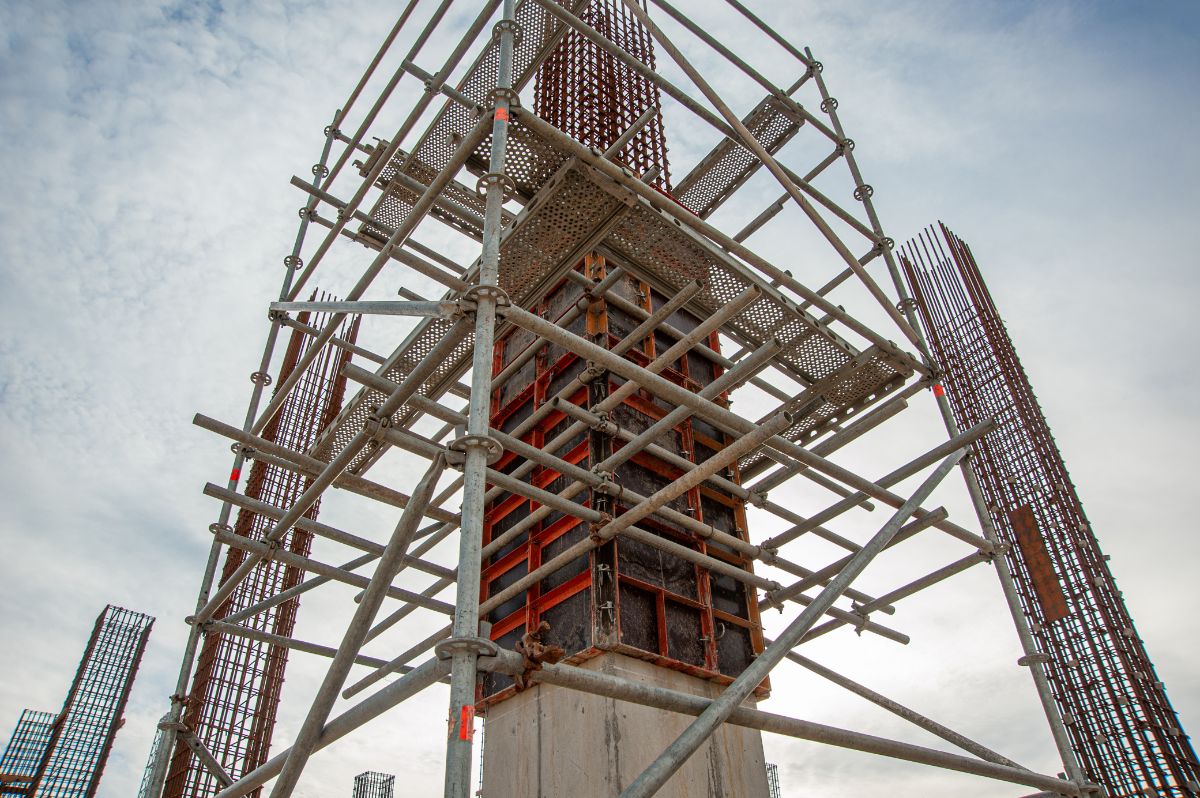
What are the requirements for scaffolding acceptance
First, under what circumstances is scaffolding acceptance required? Scaffolding should be inspected and accepted at the following stages: 1) After the foundation is completed and before the frame is erected. 2) After the first step of large and medium-sized scaffolding is completed, the large cro...Read more -

The Safety Requirements Of Scaffolding?
1. Stability: Scaffolding must be securely assembled and properly braced to withstand the loads it will be supporting, including the weight of workers, materials, and equipment. This includes ensuring that all connections are tight and that the scaffold is level and plumb. 2. Load Capacity: Scaff...Read more -
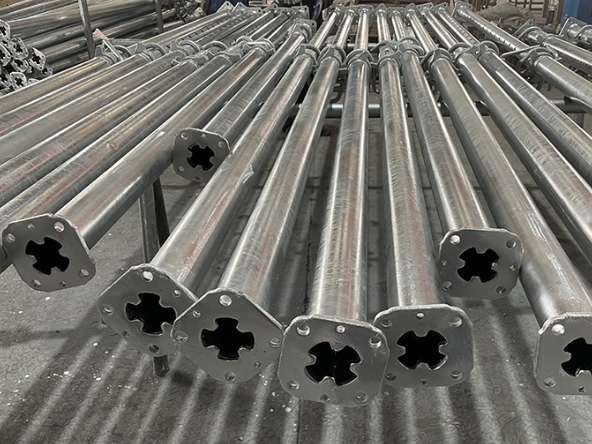
How to choose scaffolding steel props?
1. Load Capacity: Determine the maximum load that the steel props will need to support. Check the load rating of the props and ensure it exceeds the expected weight to be supported. 2. Height Adjustment Range: Consider the height range needed for your project. Choose steel props that have adjusta...Read more -
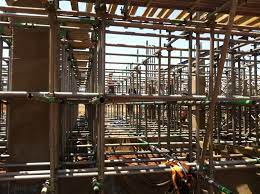
Scaffolding Tube and Fitting System vs System Scaffolding
Scaffolding tube and fitting system and system scaffolding are two different types of scaffolding systems commonly used in construction work. Scaffolding tube and fitting system typically consists of aluminum or steel pipes with various fittings and accessories such as braces, supports, and clamp...Read more -

Features Of Scaffolding Compared To General Structure
1. Scaffolding is designed specifically for temporary use in construction work, providing support and stability for workers while they are working at height. It is lightweight and easy to move around, making it suitable for use in confined spaces and on uneven or slippery surfaces. 2. Scaffolding...Read more -
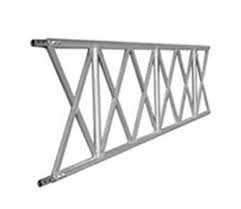
Alloy I-beams And Alloy X-beams
Alloy I-beams and Alloy X-beams are structural components made of alloy materials. Alloy I-beams are beams that have the shape of the letter “I”. They are commonly used in construction and engineering projects to provide support and stability. The alloy used in their manufacturing pro...Read more
